The Secrets of Perfect Ribeye: A Masterclass in Grilling
When it comes to the world of steak, the Ribeye reigns supreme. Known for its incredible richness, juicy tenderness, and a flavor that is simply unparalleled, the Ribeye is a cut that has earned its place as a steakhouse superstar. But mastering the art of cooking a perfect Ribeye at home can seem like a daunting task. Without the precision of a professional kitchen, how can you achieve that deep, savory crust and a perfectly pink center? The answer lies not in complex techniques, but in understanding the simple Secrets of Perfect Ribeye.
This comprehensive guide will demystify the process, revealing the tips and tricks used by professional chefs to turn a great cut of beef into an unforgettable meal. We’ll cover everything from selecting the right steak to mastering the cooking methods that make the most of its unique qualities. By the end, you’ll be armed with the knowledge and confidence to cook a steak so good, you’ll wonder why you ever paid for it at a restaurant.
1. Understanding Your Ribeye: The Anatomy of a Masterpiece
The Ribeye’s magic is rooted in its anatomy. To cook it well, you must understand what makes it tick.
What Makes a Ribeye Special?
The Ribeye steak comes from the rib primal of the cow, a section that gets very little exercise. This minimal use results in two key characteristics that define the Ribeye:
- The Ribeye Cap (Spinalis Dorsi): This is the crown jewel of the steak. A crescent-shaped muscle that sits on top of the “eye,” the spinalis dorsi is often described as the most flavorful and tender part of the entire cow. It has an incredible amount of marbling and melts in your mouth when cooked.
- Marbling: This is the network of intramuscular fat that weaves through the meat. Unlike a lean cut like sirloin, a Ribeye’s flavor is directly proportional to its marbling. As the steak cooks, the fat renders, basting the meat from the inside and infusing it with a rich, buttery flavor and a juicy tenderness that is simply unmatched.
Bone-In vs. Boneless
The choice between bone-in and boneless is a matter of personal preference, but each has its own pros and cons.
- Bone-In: The bone adds flavor, particularly near the bone itself. It also acts as an insulator, slowing the cooking process and helping the steak cook more evenly. However, it can make it slightly more challenging to get an even sear across the entire surface.
- Boneless: The more common choice, a boneless Ribeye is easier to cook and slice. It allows for a more uniform sear and is perfect for a quick pan-sear or grilling session.
2. The Art of Selection: Secret #1 to a Great Steak
The best cooking technique in the world cannot save a poor-quality steak. The journey to a perfect Ribeye starts at the butcher counter.
Thickness is Key
Never buy a thin Ribeye. A steak less than 1.5 inches thick will cook too quickly on the outside, leaving you with a dry, overcooked interior before you can even develop a crust. A thick steak is far more forgiving and is the first secret to a juicy interior.
Look for Marbling
This is the most important factor when selecting a Ribeye. Look for fine, even webs of white fat running throughout the muscle. The more marbling, the more flavor and tenderness. A steak with large, chunky pockets of fat may not render as well during the cooking process.
Grading Matters
The USDA grading system is your best friend here.
- Prime: The highest grade, with the most abundant marbling. This is what you’ll find at a high-end steakhouse.
- Choice: Still a high-quality grade with good marbling. A great option for home cooks.
- Select: The leanest grade. While a Select-grade Sirloin can be a good value, a Select Ribeye will lack the marbling that defines the cut’s flavor.
Dry-Aged vs. Wet-Aged
- Dry-Aged: Beef is aged in a controlled environment for weeks. This process evaporates moisture and concentrates flavor, while enzymes break down the meat, making it incredibly tender. Dry-aged Ribeye has a unique, nutty flavor and a higher price tag.
- Wet-Aged: The steak is vacuum-sealed and aged in its own juices. This is the standard method for most steaks in grocery stores. It keeps the meat tender but does not produce the complex flavors of dry-aging.
3. Preparation is Everything: Secret #2
Once you have your steak, the next steps are crucial. Do not skip these.
Pat it Dry
Use paper towels to pat the entire surface of the steak completely dry. Excess moisture on the steak’s surface will turn to steam when it hits the heat, preventing the crust from forming. A dry surface is the secret to getting a deep, brown, and savory crust—a key component of a perfect steak.
Season Generously
A steak this good doesn’t need a complex rub. All you need is a generous amount of coarse sea salt and freshly cracked black pepper. Season the steak on all sides, including the edges. The salt will draw some moisture out initially, but then it will be reabsorbed, helping to break down the muscle fibers and create a fantastic crust.
Bring to Room Temperature
Let the seasoned steak sit on the counter for at least 30-45 minutes before cooking. A cold steak will cook unevenly, with the outside overcooking before the center is done. Bringing it to room temperature ensures a more consistent cook.
Internal Link: For more tips on selecting the right tools for this preparation, see our guide on The Only 4 Knives You Need for Meat Prep.
4. The Secrets of Cooking a Perfect Ribeye
The way you cook your Ribeye can make or break the meal. Here are two methods that guarantee success.
Secret #3: The Reverse Sear Method
For a thick Ribeye (1.5 inches or more), this is arguably the best method. It ensures a perfectly uniform doneness from edge to edge and a fantastic crust.
- Low and Slow: Set your grill or oven to a low temperature (225°F / 107°C). Place the seasoned Ribeye on a wire rack over a baking sheet.
- Monitor the Temperature: Cook the steak slowly until it reaches an internal temperature of about 115-120°F (46-49°C) for a medium-rare. This can take 30-45 minutes, so use a good meat thermometer.
- Rest the Steak: Remove the steak and let it rest for 10-15 minutes. This is a crucial step that allows the juices to settle.
- High-Heat Sear: While the steak is resting, get your grill or skillet to a screaming hot temperature (500°F+ / 260°C).
- Final Sear: Place the rested steak on the hot surface and sear for 60-90 seconds per side, just long enough to create a deep, brown crust.
Internal Link: For a more detailed walkthrough of this technique, read our guide on How to Reverse Sear a Steak Perfectly.
Secret #4: The Cast-Iron Pan-Sear Method
For a boneless Ribeye, a cast-iron skillet is a great way to cook indoors and get a beautiful crust.
- Heat the Skillet: Place a cast-iron skillet over high heat until it’s smoking hot. Add a tablespoon of high-smoke point oil like grapeseed or avocado oil.
- Sear the Steak: Carefully place the steak in the skillet and sear for 2-3 minutes per side.
- Reduce Heat and Baste: Reduce the heat to medium. Add a few tablespoons of butter, crushed garlic, and fresh herbs like thyme and rosemary. As the butter melts, tilt the pan and use a spoon to baste the steak constantly.
- Cook to Doneness: Continue cooking and basting until the steak reaches your desired internal temperature.
5. Achieving the Perfect Doneness
This is the most common point of failure for home cooks. You must use a thermometer to get it right.
The Thermometer Secret
This is the most important secret of all. The only reliable way to know if your steak is cooked to your liking is with a quality instant-read meat thermometer. Insert the probe into the thickest part of the steak, avoiding the bone.
- Rare: 125°F (52°C) – Warm, red center.
- Medium-Rare: 130-135°F (54-57°C) – Warm, pink center. Recommended for Ribeye.
- Medium: 135-140°F (57-60°C) – Hot, pink center.
- Medium-Well: 140-150°F (60-65°C) – Slightly pink center.
Remember to pull your steak from the heat 5 degrees before your target temperature, as it will continue to cook as it rests.
6. The Final Secrets: Resting and Serving
The final steps are just as important as the cooking itself.
Secret #5: The Rest
Once your steak is off the heat, place it on a clean cutting board and let it rest for 5-10 minutes. This is a non-negotiable step. As the steak cooks, the muscle fibers contract and push the juices to the center. Resting allows the fibers to relax and the juices to redistribute throughout the steak, ensuring every bite is tender and juicy.
Serving
Once rested, slice the steak against the grain to shorten the muscle fibers, making it even more tender to chew. A simple pat of butter and a sprinkle of flaky salt on top is the perfect final touch.
Pairing Suggestions
A steak this good deserves great partners.
- Sides: Roasted asparagus, creamy mashed potatoes, or a simple green salad.
- Sauces: A classic red wine reduction, a bold chimichurri, or a simple garlic herb compound butter.
- Wine: A full-bodied red like a Cabernet Sauvignon or Malbec.
Internal Link: For more ideas, see our guide on The Best Side Dishes and Sauces to Pair with Steaks.
Conclusion
Cooking a perfect Ribeye is not about having complex tools or secret recipes. It’s about understanding the secrets of the steak itself: its rich marbling, its unique anatomy, and its need for proper preparation and cooking. By selecting a thick, well-marbled cut, using a thermometer, and mastering the reverse sear or pan-sear methods, you can unlock The Secrets of Perfect Ribeye and transform your home kitchen into your favorite steakhouse. Now, go forth and grill!
FAQs:
What’s the best cooking method for a Ribeye? The reverse sear method is generally considered the best for thicker cuts, as it ensures an even cook and a great crust.
Why is a Ribeye so expensive? The Ribeye is a highly desired cut due to its exceptional tenderness and abundant marbling, which drives up its cost.
Do I really need to use a thermometer? Yes. A thermometer is the most reliable tool to ensure you cook your steak to the perfect doneness without guessing.
How long should I rest my Ribeye? A 1.5-inch thick Ribeye should rest for 5-10 minutes before slicing.
What’s the difference between marbling and fat? Marbling is the intramuscular fat that weaves through the meat, while “fat” can also refer to the external fat cap on a cut of beef. Marbling is key to a juicy, tender steak.

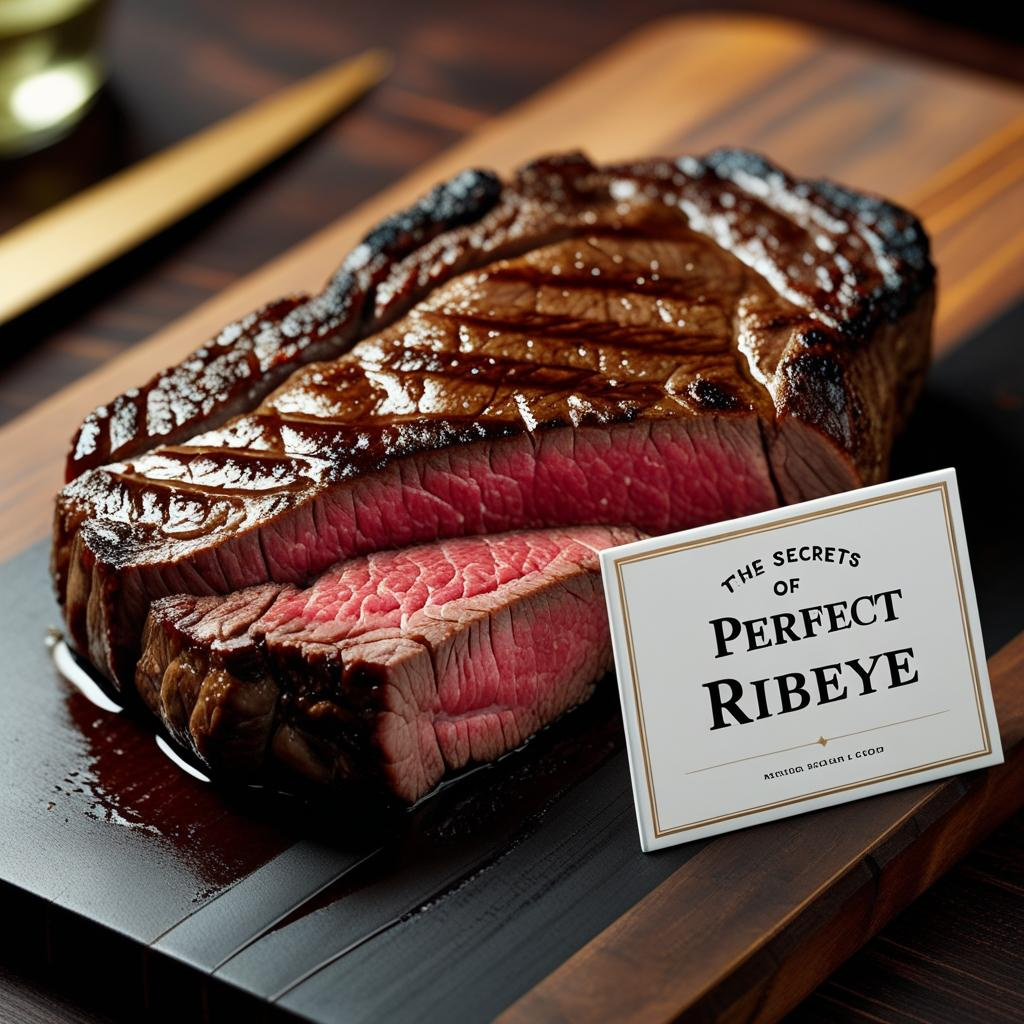

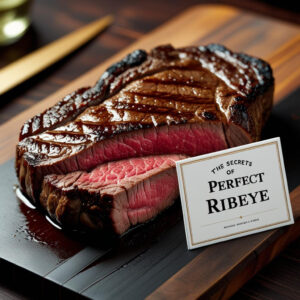
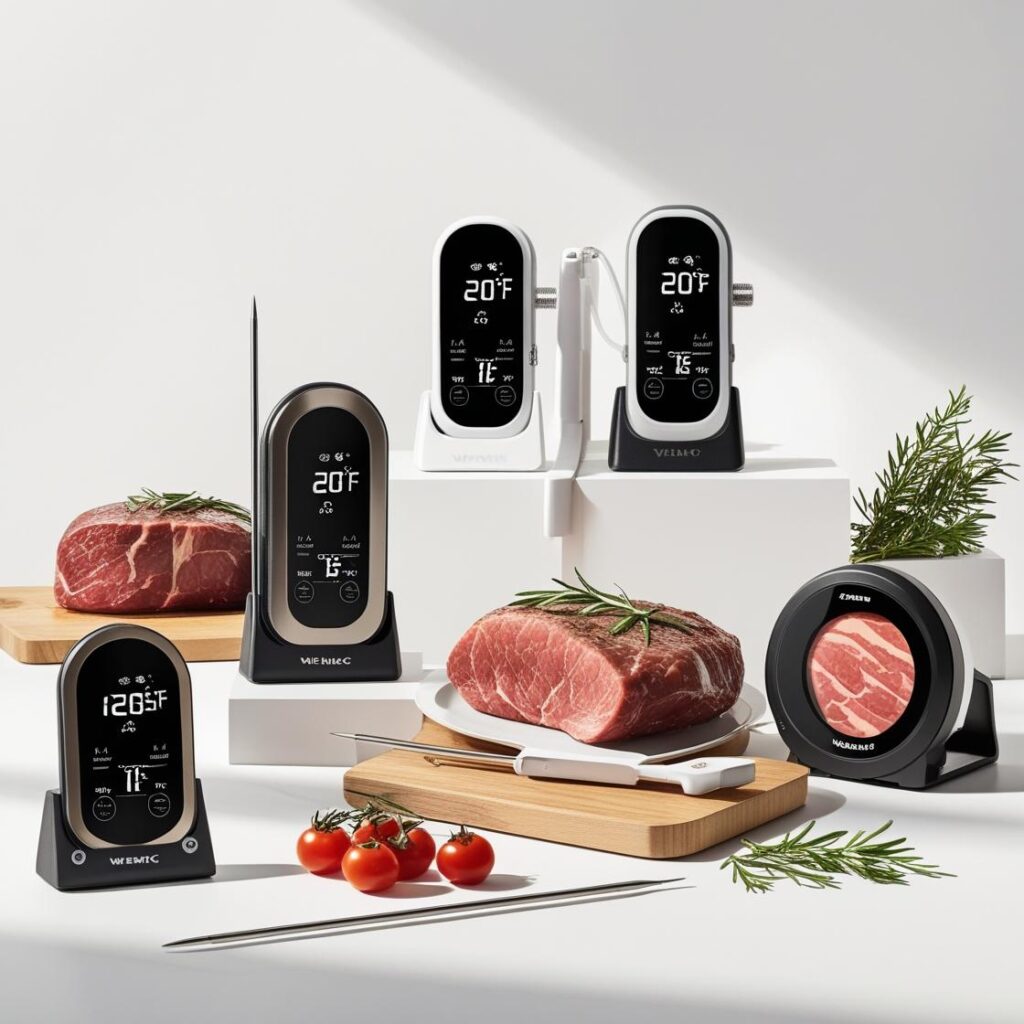
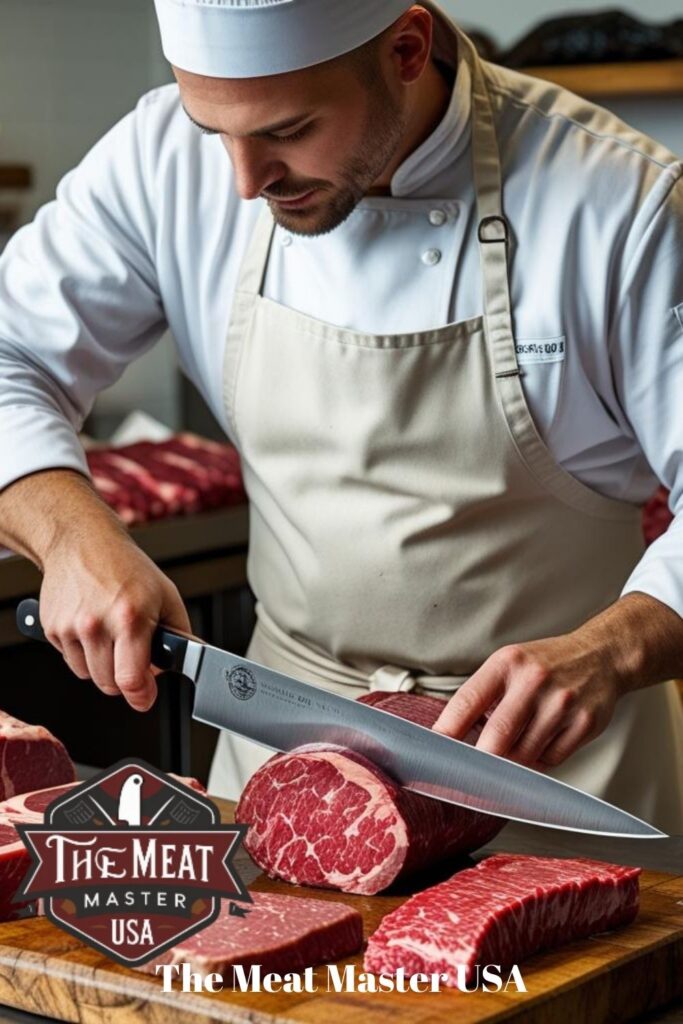
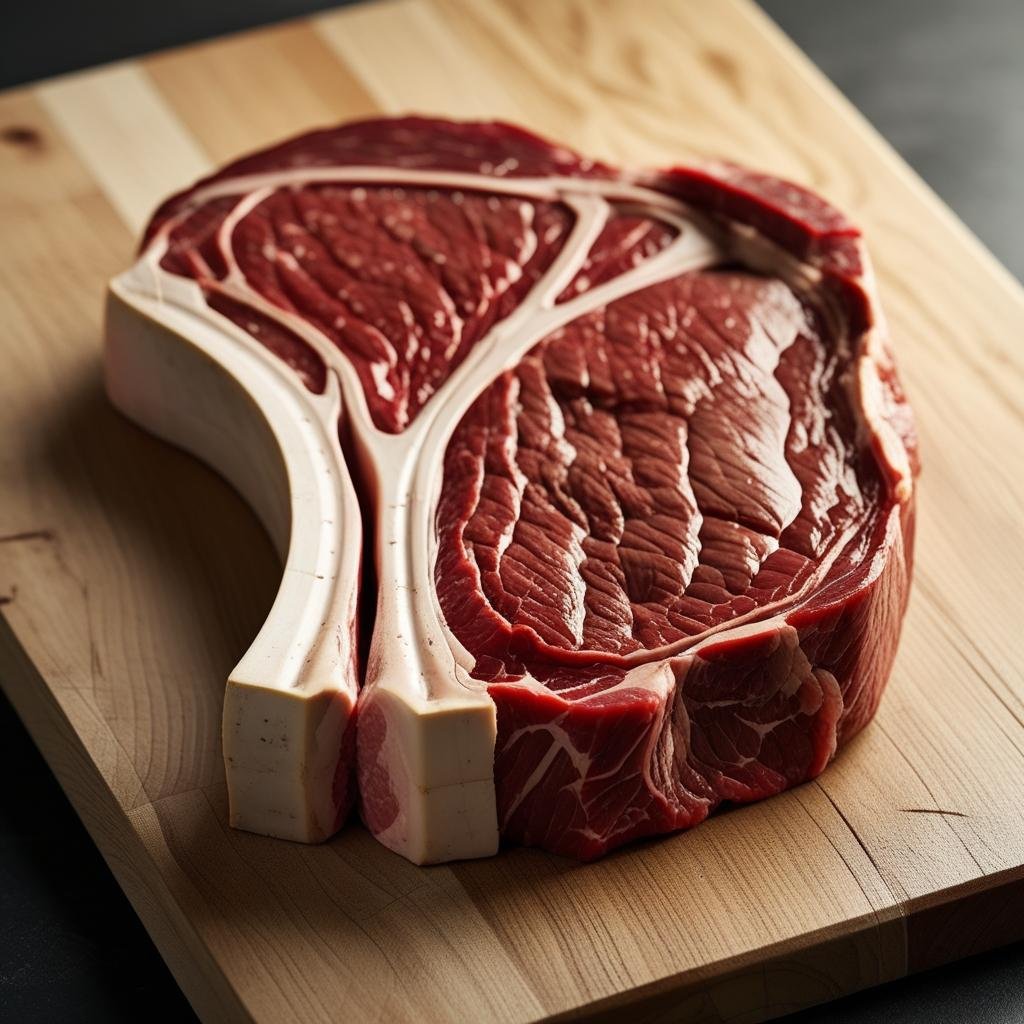

Pingback: The Ultimate Steak Doneness Guide: From Rare to Well-Done [2025]
Pingback: What Is the Best Steak Cut? The Ultimate Meat Master Guide [2025]
Pingback: The Ultimate Guide to Steak Cuts: Choosing, Cooking, and Pairing [2025]
Pingback: Steak 2025: The Ultimate Guide to Cuts, Trends, and BBQ Perfection
Pingback: Top 4 Steaks You Must Try in 2025/2026: The Ultimate Guide
Pingback: BBQ: More Than a Meal: Your Guide to Grilling & Smoking [2025]